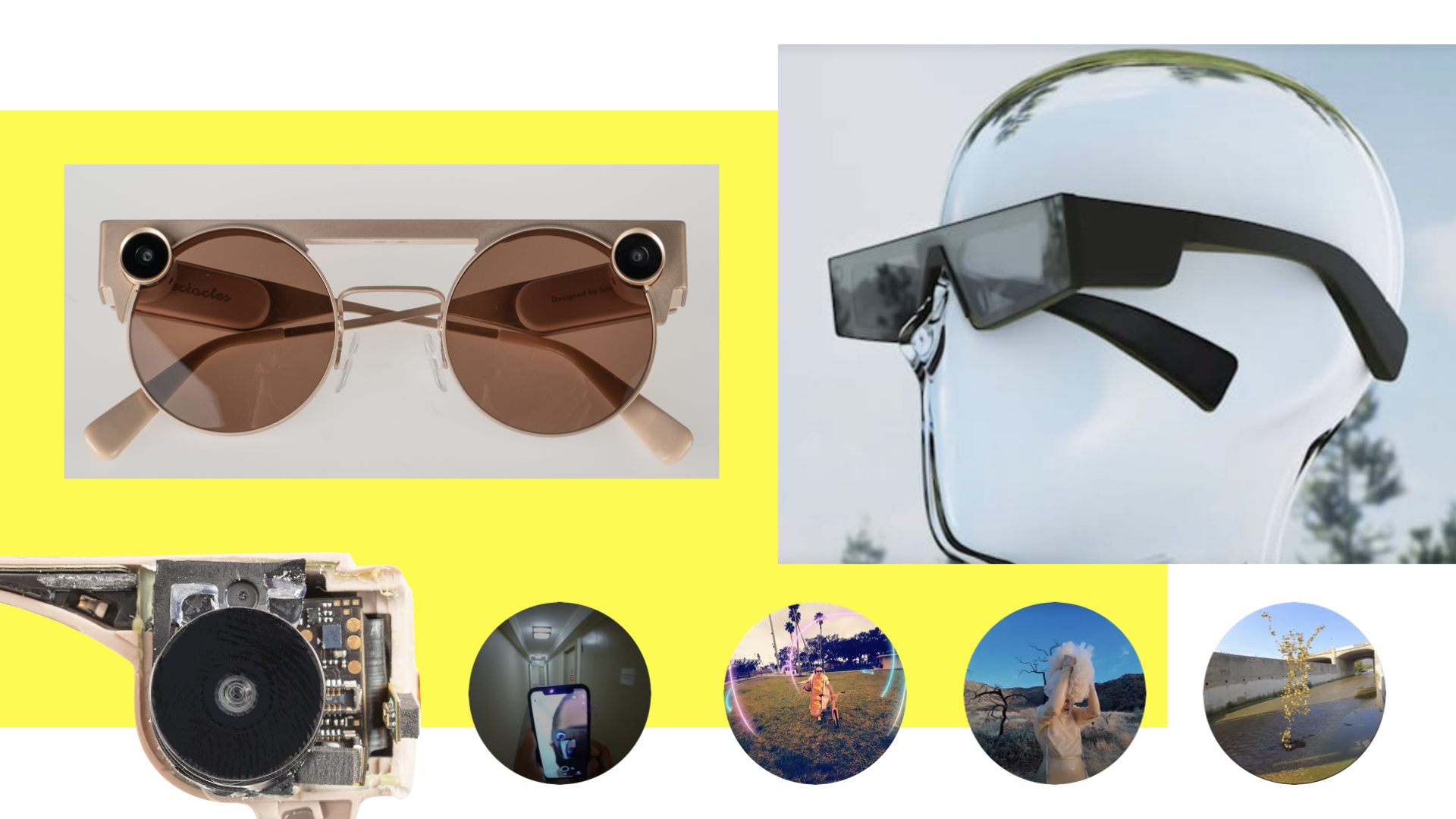
In Part I of this series, we saw Snap’s deep conviction in a category-defining product revealed through the design details of three generations of Spectacles. Now we’ll turn our focus to the output emerging from the creative community working in this new medium and see where Gen 4 is taking us.
How it’s going
Here are a handful of pieces with quotes from the creators:
- A surreal short film called Duck Duck produced by Harmony “Spring Breeaaaak” Korine. “So it’s like duck duck but no goose, and basically we follow a guy in a hotdog costume. There’s like mascots and people dancing and smashing things. It’s a real kind of…Fantasia.”
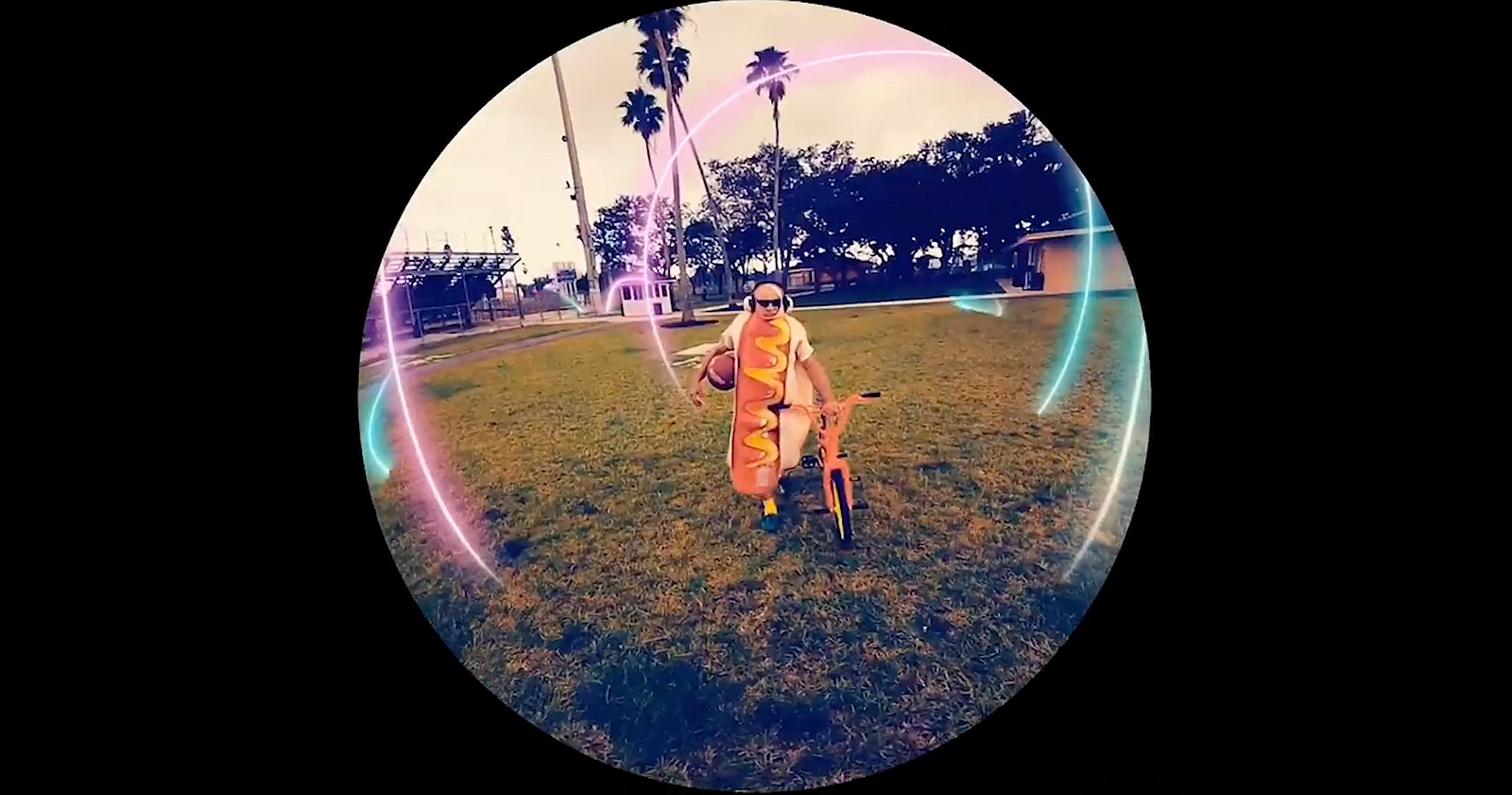
- A music video from BOSCO. “This is going to be a reminder of what love feels like, what love looks like, and how it relates to technology,”
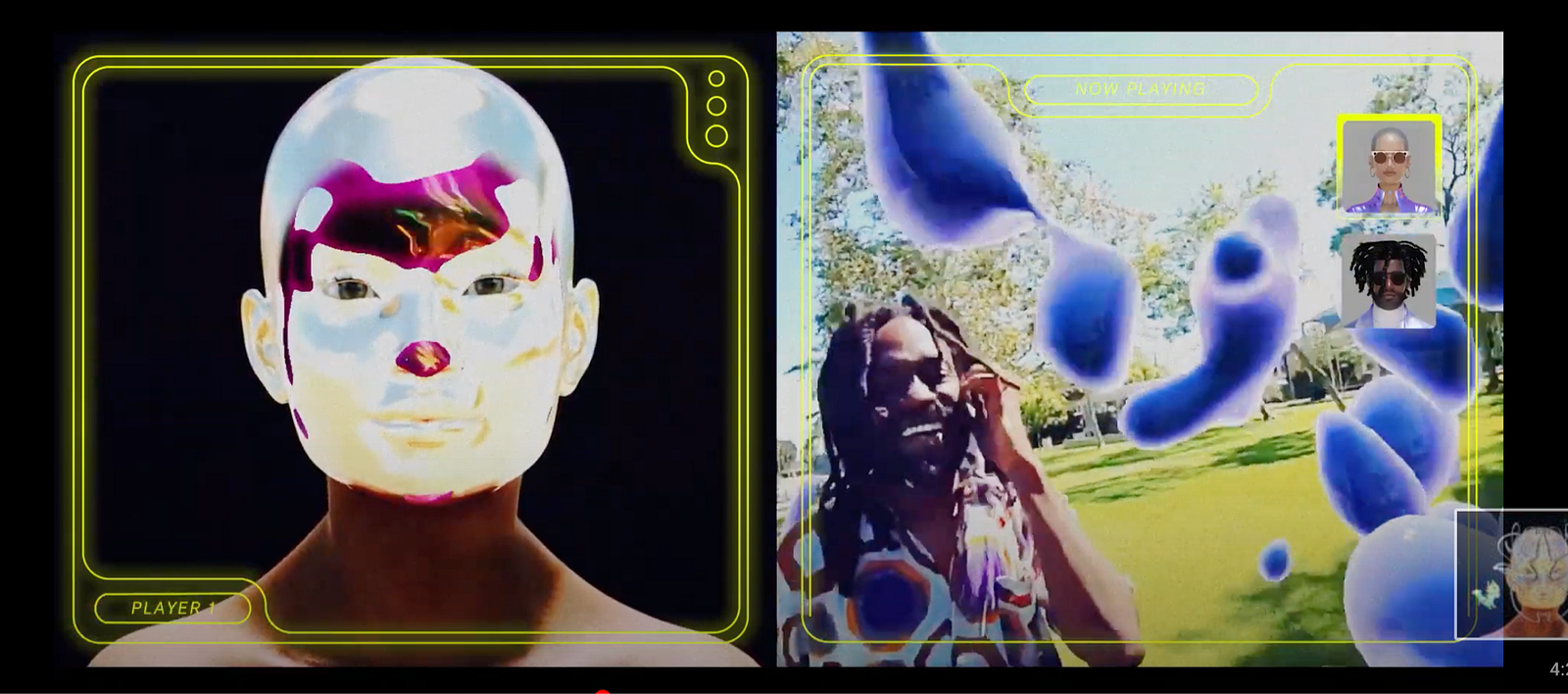
- An introspective film from bionic pop artist Viktoria Modesta. “This is the thread of a personal journey, of understanding and accepting and liberating from restraints within yourself.”

- An AR lens from new media artist Nancy Baker Cahill which “addresses climate change and its imagined impact on our bodies.”
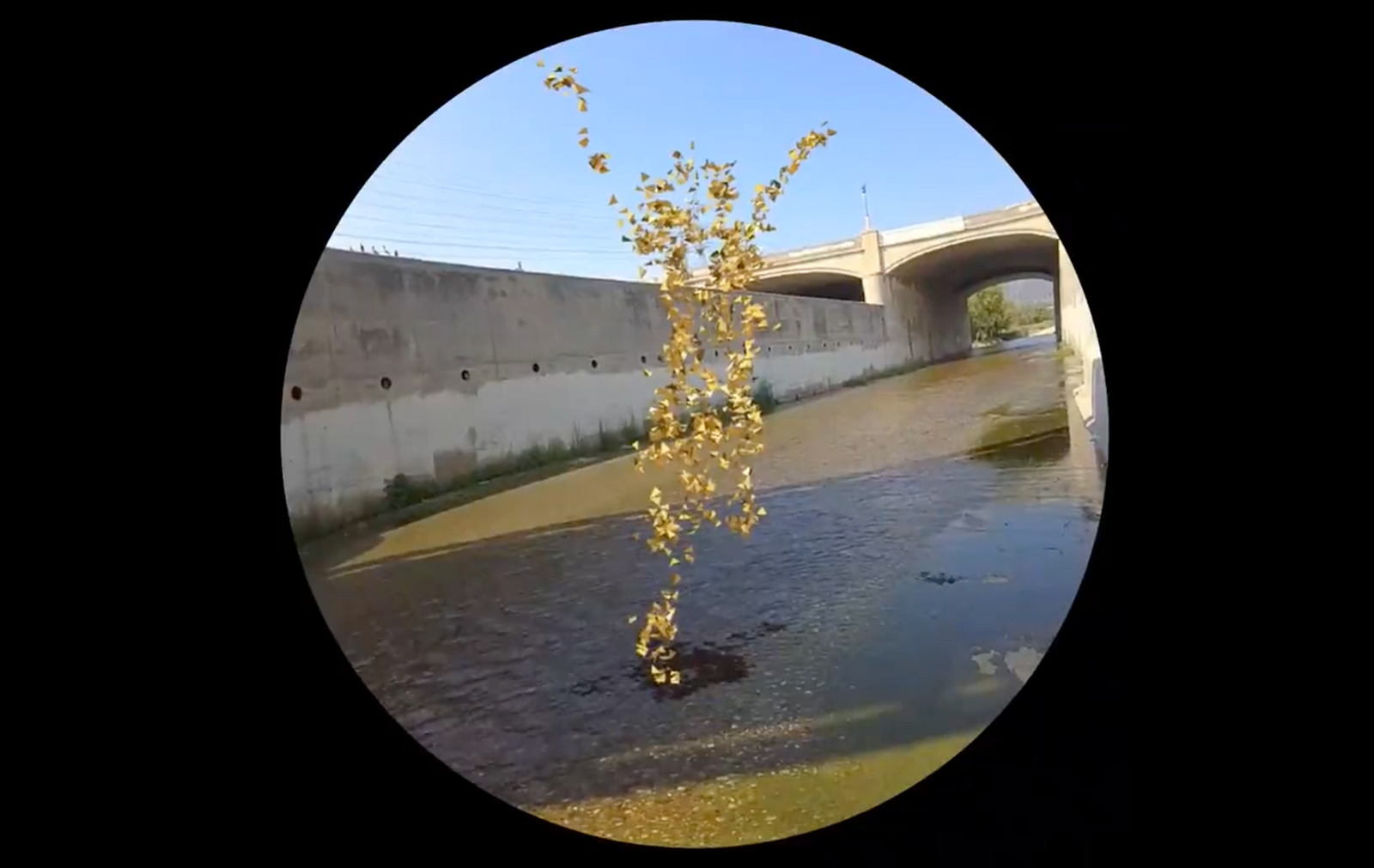
These are variously successful as individual pieces (to be generous)…we’re still obviously in the early days of augmented reality / locative art (still looking for my Corrales + Chombo), but I find it interesting to consider the conceptual variation they collectively illustrate. Are they just instances of a legacy format (short film / music video) created with a new camera? Or are they a fundamentally new format? Virtual sculptures connecting the metaverse and meatspace? Are these meant to be viewed on flat screens or in VR or in situ? These early experiments gesture towards the breadth of output and experiences that these tools will be used to create. Lumping them together as “augmented reality” is too coarse a classification for me.
Augmented Reality Augmented Nostalgia
One of the most compelling product experiences here is watching Spectacles videos with the stereoscopic viewer. Even with this relatively simple implementation, you get a body reaction to watching the footage…you’re physically put back into the memory. It’s a visceral experience. I can see what Evan was getting at back in Big Sur now.
And really, this isn’t yet augmented *reality* at all. At least not in the real-time sense. There’s no screen here. This is a recording device for memories…augmented memories:
- The raw footage in a memory bookmark, designed to be recorded seamlessly and watched significantly after the moment of capture
- The metadata attaches accurate context of geolocation and time
- Stereoscopic footage puts you *in* the memory on replay
- Filters can infuse the footage with emotional value and tell a more “true story” (in the Tim O’Brien sense)
Reggie James has been pulling on this thread for a while. I’ve thoroughly enjoyed reading along with the reflections of using the device and the footage he’s shared.
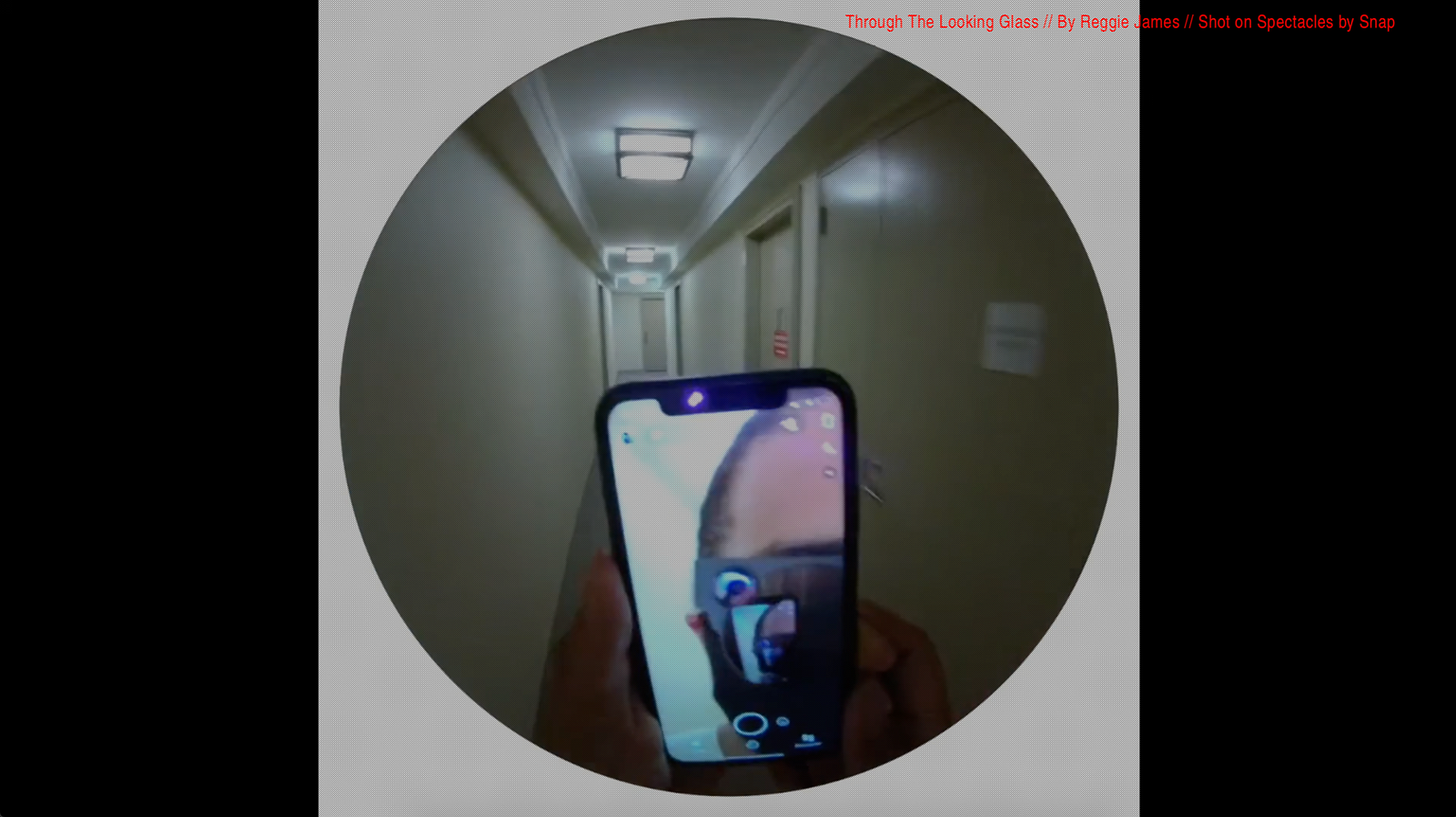
“Augmented” is a very optimistic label though. We have to acknowledge that the technology is in many ways distorting the memories themselves. Related biases and effects abound:
- Observer Bias / Hawthorne effect — people on camera act differently when they know they’re being observed or recorded
- Camera Perspective Bias — the viewers of recorded footage will assess subjects differently depending on the perspective of the camera (like if confessions are voluntary in police interrogations, presumed guilt of subjects in evidence from police-worn body cameras, etc)
- Photo-Taking-Impairment Effect — taking photos has been shown to decrease our ability to remember lived experience
Sure, devices like the Spectacles will capture memories with nuance and detail that would have been otherwise lost to the sands of time, but they also alter behaviour and memories themselves in doing so.
Back to the Future
That gets us all caught up to the present. The Gen 4 Spectacles are another ambitious leap forward, adding for the first time a display to provide real-time feedback to content creation and consumption. Take a scroll through the landing pagefor the Gen 4 Spectacles to read the product details first-hand.
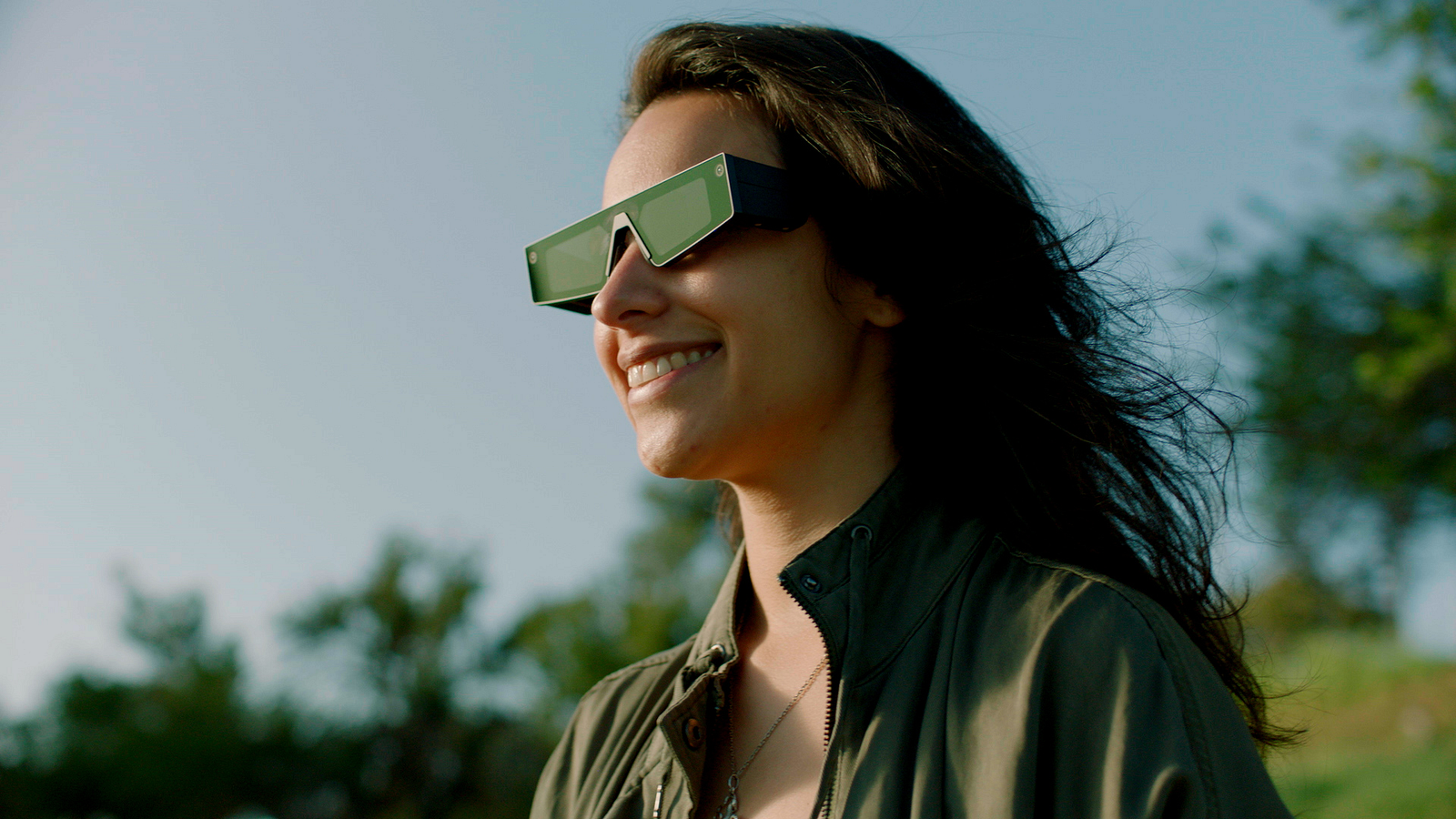

The Cybertruck of eyewear (with inspiration from the Pizza Hut Back to the Future 2 shades?) are built off of Qualcomm’s XR1 platform, an SoC and reference design for “extended reality” glasses, alongside what’s called Snap’s Spatial Engine doing the sensor fusion and hand, marker, and surface tracking.
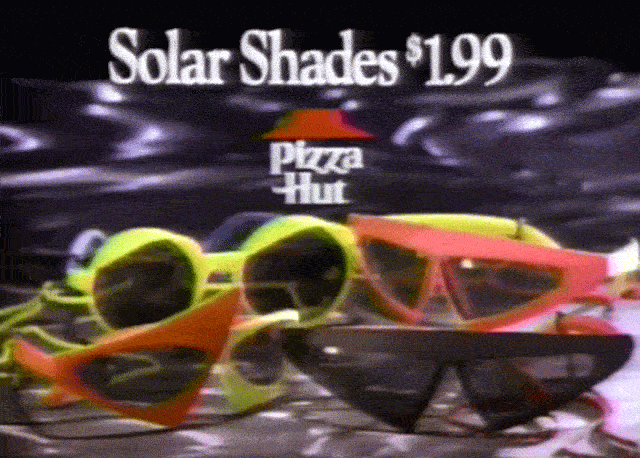
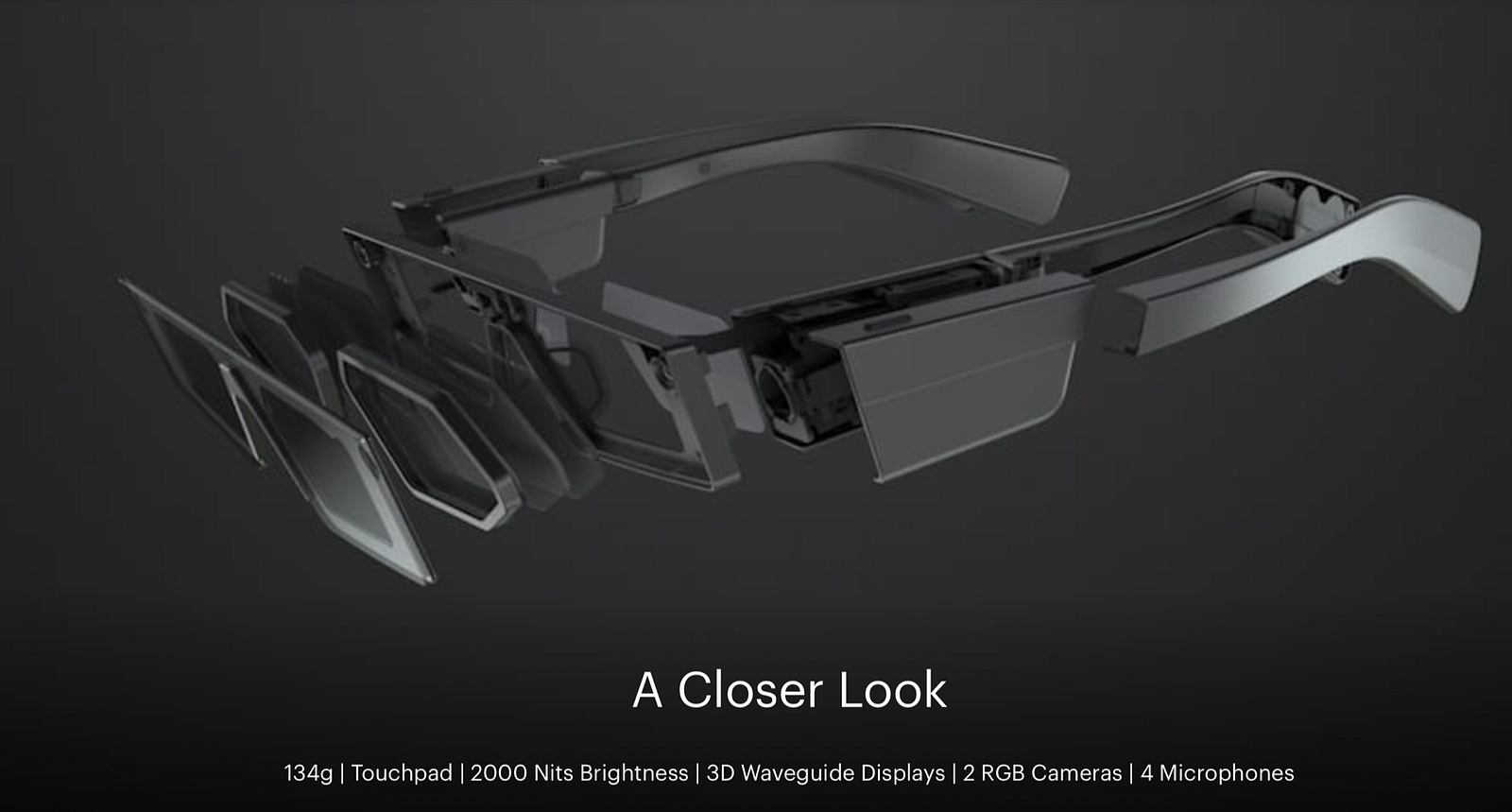
Early users report the device currently getting about 30 minutes of battery life and regularly overheating in continuous use. This is clearly a dev platform for creator experimentation as opposed to a consumer-ready product like Gen 3 (still for sales in parallel with the new announcement). Creators with early access are starting to share their work here, like this experiment in walking through a poem by Zach Lieberman.
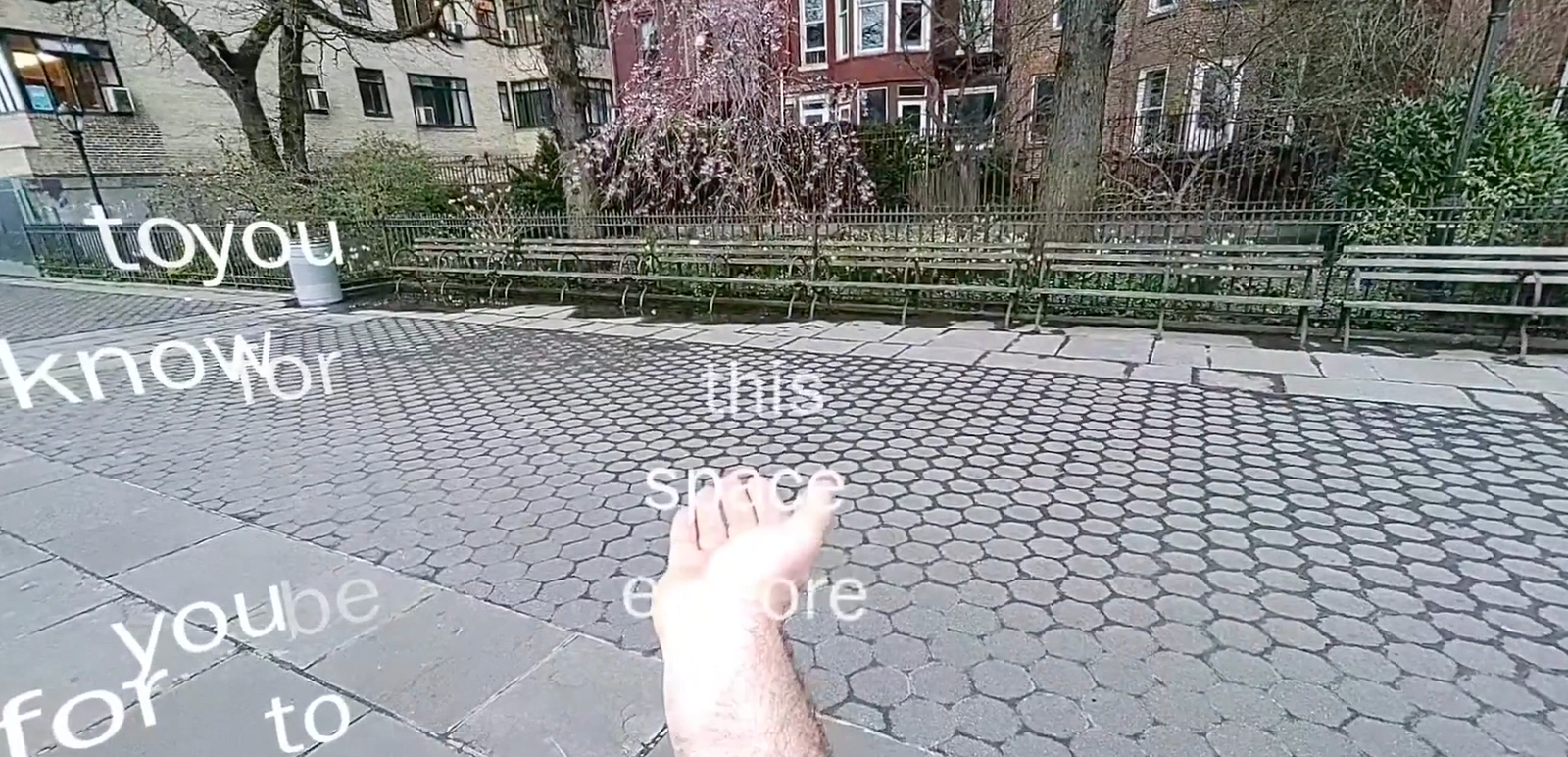
I may update this section of the post from time to time as new content examples get published. I haven’t found anything yet that has blown me away, but I appreciate both Snap and the creators iterating out in the open.
CEO Evan again: “When we talk about compromise, maybe that’s the fundamental compromise we’re making…Instead of shipping hardware to millions of people, we can iterate and learn together, this community of creators. Ultimately when you experience something like that poem, that’s all worth it.”
The fight for control of reality
Augmented reality feels inevitable but more than a little bit disconcerting. We’re talking about giving computer interfaces the control to fully intermediate our senses: blocking out the natural world, selectively filtering, and replacing with the digitally synthetic. What could go wrong??
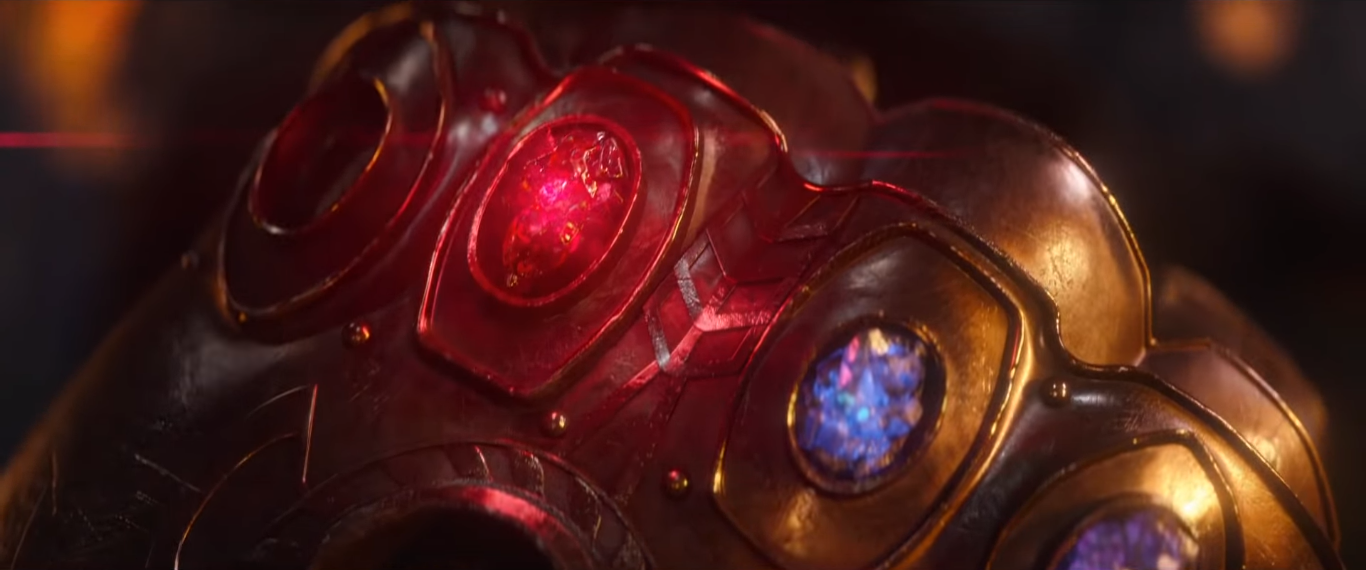
The landscape is teeming with near-infinitely funded competitors fighting for what may be the future personal computing platform:
- Facebook and the Zuck are currently mixing a spicy VR cocktail of consumer games and corporate hellscapes with Oculus
- Microsoft’s Hololens, as expected, is leaning more enterprise, energized with a recent exec hire from fresh Apple alum Ruben
- Google / X can’t be counted out. With something likely brewing in the primordial soup of the Google Glass, contacts, cardboard, and VR.
- Magic Leap is…🍿
- Amazon is dipping their toe in with Echo Frames
- Bose is two generations deep into audio sunglasses
- The posse at Humane is secretly crafting a new wearable-device experience, leaving us to pour over leaks and patent filings in the meantime.
- And you gotta believe Apple is in the lab working on connecting the Airpod audio experience with display technologies and their silicon roadmap.
We’ll see how all these characters play out, each with their own strategies and working styles. Snap is certainly the poster child for iteratively developing in the open right now, and their attention to craft and conviction of product vision is not to be underestimated.
(This two-part series is a crosspost between the Bolt blog and the Teardown Library)
Bolt invests at the intersection of the digital and physical world.
